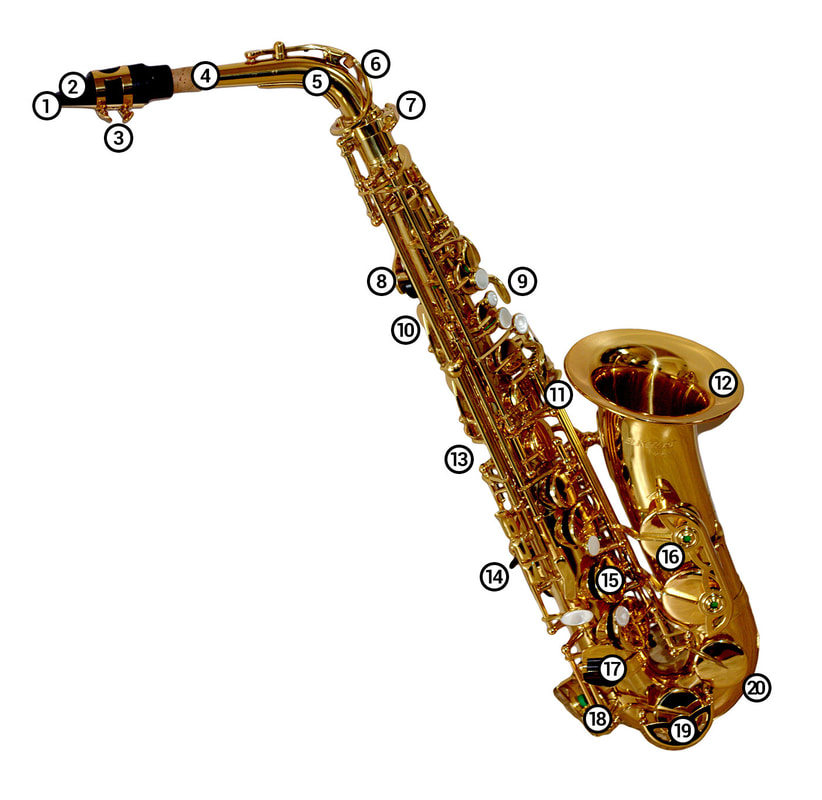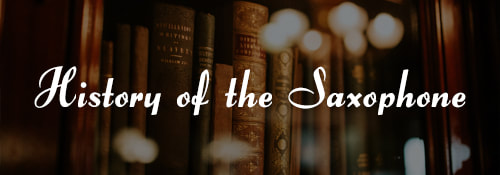The Saxophone |
Listen to the sound of a Saxophone
|
|
Saxophones, even though usually made of brass, are classified as woodwind instruments. The Saxophone family has instruments covering all voice ranges from Sopranino to Bass.
|
The main instruments are the Soprano (Bb), Alto (Eb), Tenor (Bb) and Baritone (Eb), with the Alto and Tenor instruments being the most popular. The fingering is similar to the clarinet's and is a good follow-on or upgrade instrument.
|






